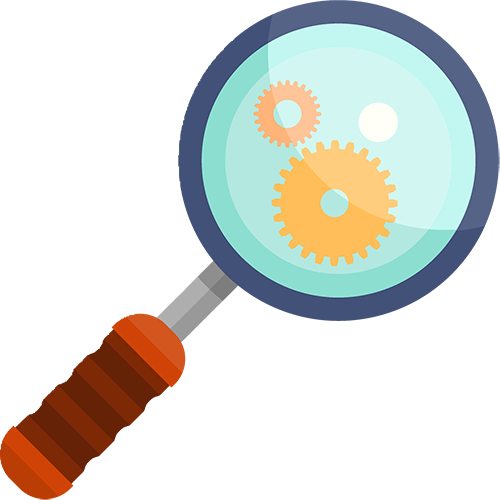Minor Symptoms, Major Risks
What is Late-Life Depression and Anxiety Disorder
Late-life depression and anxiety disorder generally refers to the occurrence of depression and anxiety attacks in people aged 60 and above, which is a common mental disorder among the elderly population. Core symptoms of depression include sad mood (low mood), anhedonia (loss of appetite), and reduced interest, along with sleep disturbances (insomnia) and cognitive decline (forgetfulness).
Late-life depression and anxiety disorder is often considered part of elderly people’s lives and is not fully recognized and diagnosed. It has been proven that late-life depression and anxiety disorder is associated with poor quality of life, difficulty in daily activities, physical comorbidities, premature death, and cognitive impairment.
Therefore, enhancing the understanding of the manifestations of depression and anxiety in the elderly and managing them is crucial. Once the patient meets the clinical diagnostic criteria for depression and anxiety disorders, timely treatment is necessary.
Which Elderly People are Prone to Depression and Anxiety
The causes of late-life depression and anxiety disorder are complex and often accompanied by physical illnesses, with the two potentially having a cause-effect relationship. For example, late-life depression can increase the incidence of elderly dementia; in the population with coronary heart disease and hypertension, the incidence of anxiety disorders accounts for almost half. The susceptible groups to late-life depression and anxiety disorder include the following.
1
Lack of emotional support
2
Experience of negative events
3
Chronic disease patients
4
Long-term medication users
5
Individuals with personality traits of obstinacy
How to Treat Depression and Anxiety in the Elderly
For patients with late-life depression and anxiety disorder, treatment mainly involves medication and psychotherapy. Medication is prescribed by specialist doctors, and most medications may need to start with a small dosage, gradually adjusting the dosage. After taking medications for some time, abrupt discontinuation is not advisable, and medication adjustments should be guided by specialist doctors with regular follow-up.
In terms of psychotherapeutic interventions, led by specialist doctors, cooperation from patients and their families is necessary. Treatment plans need to be practical, feasible, and flexible to best meet the needs of patients and caregivers.
Therefore, when devising the initial psychotherapy plan, the participation of family members and patients is required and may need continuous assessment and updates. As family members of patients, just like doctors, they should be at the forefront of treatment and adhere to the following principles.
1
Pay attention to the elderly person’s psychological condition, provide care and companionship without displaying boredom, rejection, displeasure, or hostility.
2
Ensure adequate nutrition intake and actively treat underlying physical illnesses; encourage regular daily routines, active participation in recreational and group activities such as chess, calligraphy, and card games; increase the patient’s social interactions and enrich their life activities.
3
Encourage and accompany patients in outdoor activities; moderate exercise is the most effective and natural way to combat depression. Treating late-life anxiety and depression requires us to enhance and establish a multidisciplinary team care model involving specialist doctors, primary healthcare providers, social workers, and family members, promoting the extension from clinical symptom relief to comprehensive functional recovery of elderly patients.
Other Treatment Methods
In addition to oral medications and psychotherapeutic interventions, there is a type of physical therapy including electroconvulsive therapy, repetitive transcranial magnetic stimulation, vagus nerve stimulation, deep brain stimulation, and still under research phototherapy and sleep deprivation, among other treatment methods. However, the effectiveness of these treatment methods in elderly anxiety patients has not been definitively established and requires further research confirmation.
Currently, anxiety patients often adopt mind-body regulating methods such as yoga, painting, dancing, music, and other art therapies, which have a significant effect in relieving anxiety in the elderly.
Source: Healthy China
Disclaimer: Except for original content and special instructions, the text and images in the submitted manuscripts are sourced from the internet and major mainstream media. Copyright belongs to the original authors. If there is any infringement, please contact us for removal.


